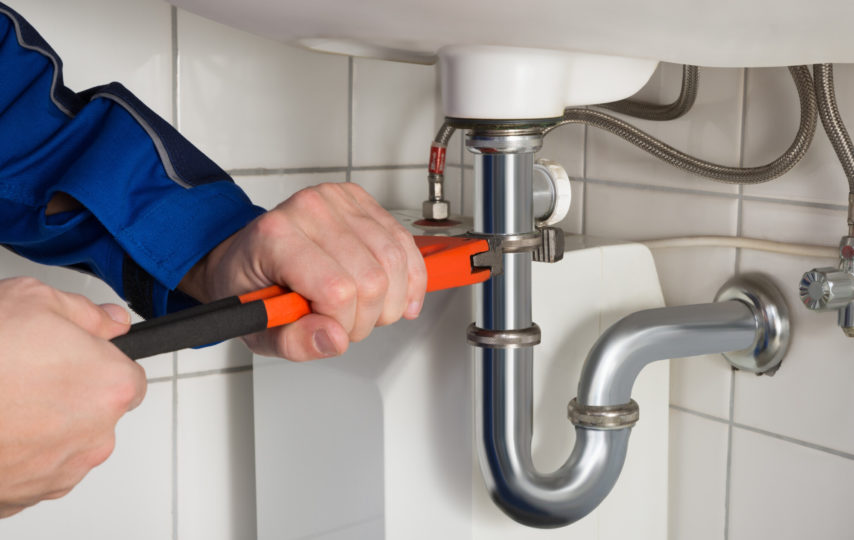The bathroom. You go in, have a bath or shower, do your hair and makeup, then leave. There’s a bit of mould and some damp walls, but you think to yourself, “it’s a bathroom. Moisture is normal”. It’s true, moisture is normal in a bathroom, but mould and rising damp are not and indicate issues. Mould and dampness in your bathroom do make it a death trap if left untreated. This article covers the sort of problems that might surface, the causes, and the solutions.
Problems in the bathroom structure
The bathroom is the most likely room to gain damage because of the 24/7 moisture present in the area.
The most common problems homeowners face from this moisture are:
- Black mould
- Rising damp
- Decaying skirting boards
- Wet and lifting floor coverings
- Peeling paint and wallpaper
- Blistering patches on plaster (salt deposits)
Building inspections carried out by a professional inspector is the best option for identifying problems because they know the telltale signs and can see things you can’t. But even when issues are identified, steps need to be taken to remove the mould and damp problems, as discussed further in this article.
Moulds
So, what exactly are moulds? Moulds are organisms that you can find growing outdoors but also indoors on the walls of your bathroom.
Outdoor moulds are, of course, a part of the ecosystem, and there is no need to eliminate them from there. But when indoors, mould can be problematic and a considerable health risk.
Black Mould or Stachybotrys is a household fungus that thrives in damp conditions and can cause detrimental effects on your family’s health when left untreated. Illnesses like asthma, allergies, depression, eye irritation, sneezing, coughing, sore throat, headache, lung irritation, rashes, and other skin infections can are attributed to Black Mould.
How to spot moulds?
The good news is that it is easy for you to spot moulds growing in your house. The bad news is that it can be hard to find the source. Most of the time, it’s due to poor ventilation in the bathroom. It can also be a leak hidden in the walls or rising damp coming up through the soil. The quicker you get to know about the presence of moulds in your house, the better.
Not sure if it is black mould growing on the walls in your bathroom? Some signs include:
- A musty smell
- Circular black, dark green or dark brown spots.
- Sometimes black mould can have an orange colour or spots of white.
- Black mould tends to be somewhat furry.
Rising Damp and Damp Walls
Damp walls usually lead to ongoing problems if not identified and treated. Often, damp walls occur not just because of moisture in the bathroom but due to an underlying leak within the wall cavity. In the case of rising dampness, wood in the home starts to absorb the moisture from the soil.
Prevention
Preventative maintenance is your best bet for ensuring rising damp and damp walls don’t happen in the first place. If you’re buying a house, do yourself a favour and have it inspected, so you don’t inherit a ticking time bomb. The building inspector will use thermal imaging to detect any leaks within the wall cavity. They will also check whether or not the bathroom has waterproofing to Australian Standards. Waterproofing a bathroom is essential when it comes to preventing damp and mould. Be sure to act on rotting wood, tiles falling off walls and soft sponge-like floorboards. Fix leaking water pipes as soon as you spot them, keep your house’s drainage system in check and maintain good ventilation at all times.
“Is your bathroom a death trap” is a dramatic title. However, it serves to gain your attention to a real and serious health issue that many people tend to ignore. Whether you’re on the search for a new home or you’re happy with the one you have, do your health a favour and have your home inspected for peace of mind.













